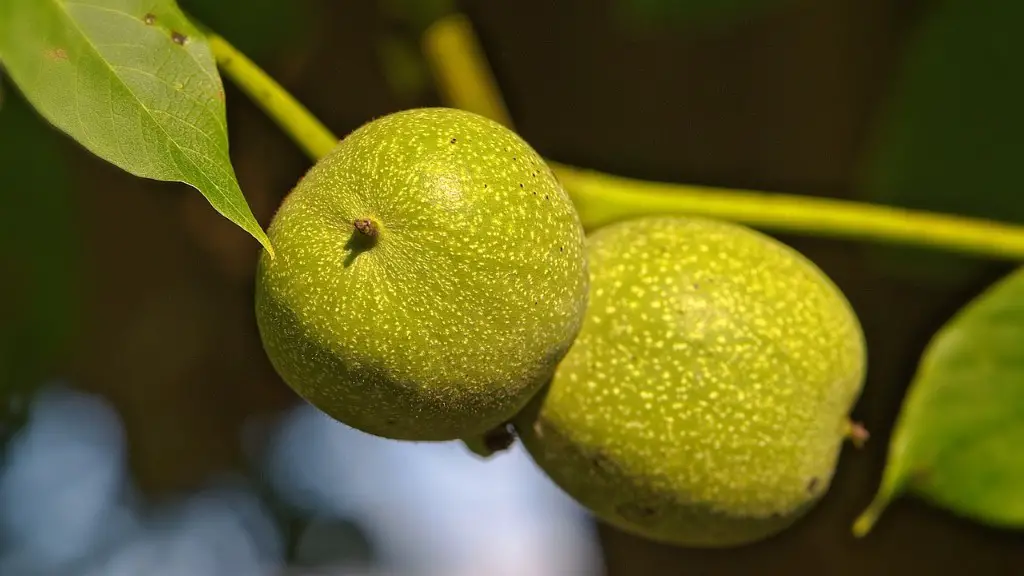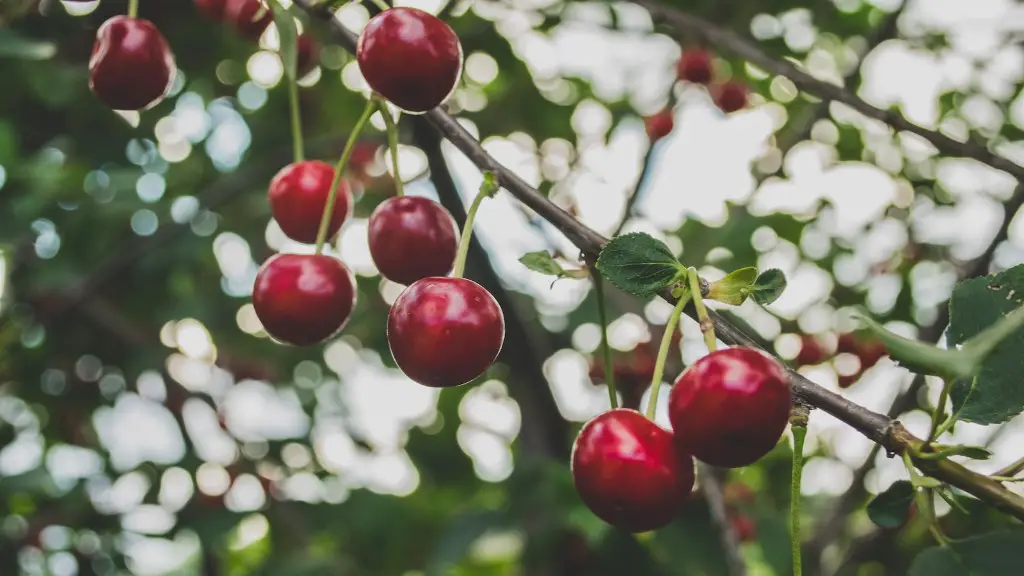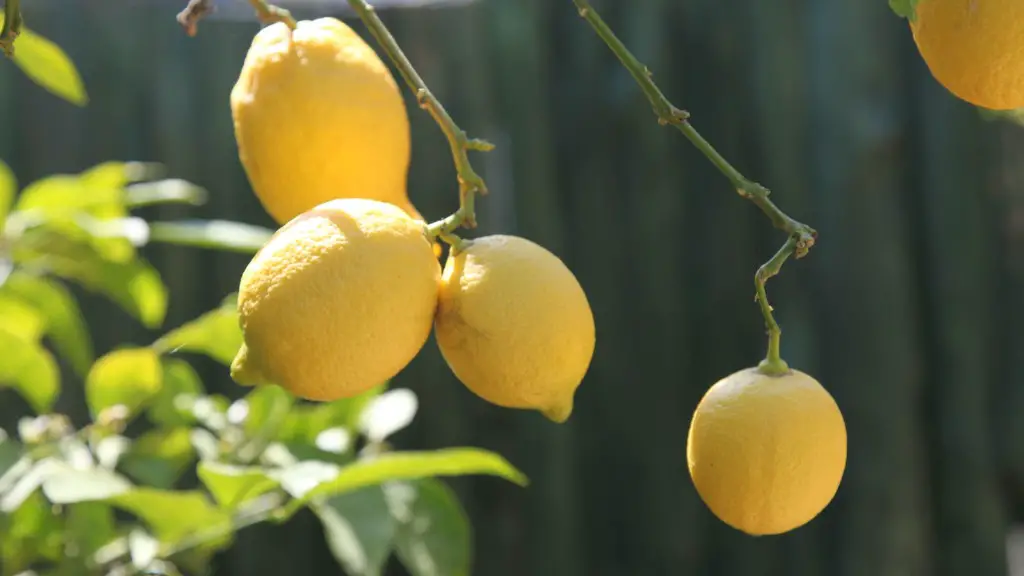Indoor palms are an interesting addition to your room, bring in a personal touch and give your room a unique, sophisticated look. But many people find it difficult to water their indoor palm trees, as knowing how often and how much to water a palm is critical for its health. Fortunately, with the right knowledge and care, anyone can help ensure their indoor palm tree stays healthy.
For starters, it is essential to always use a pot with adequate drainage and holes to let the excess water out. The drainage system or holes prevent the palm tree roots from sitting in the water, which can lead to harmful root rot. Additionally, use a potting soil mix specifically designed for palms so the soil has enough nutrients to help the plant stay healthy.
Frequent watering is vital for an indoor palm tree and the frequency depends very much on the climate and humidity where the tree is located. Generally, it is recommended to water your palm about once every week. Check for soil dryness as an indicator for determining when to water. Insert your finger about two inches into the soil to detect moisture. If the soil feels damp, it doesn’t need to be watered. But if it is dry underneath, it’s time for a soothing drink of water. Too much or too little water could have damaging effects on the health of your indoor palm tree.
When watering the palm, it is important to ensure the water is evenly distributed. The water should gently seep into the soil throughout the area of the pot. Moreover, use lukewarm water when watering your palm tree, as temperature shock that cold tap water could cause can be damaging to the health of the tree.
Be sure to water the entire root ball fully, and allow for water to spill over the sides of the pot and out the drainage hole. This ensures the root ball is completely saturated with water. Check the pot a few hours after watering to make sure the excess water has been emptied from the bottom of the pot.
You can supplement your palm’s water needs with a misting of water on its leaves in the morning on warmer days. This helps the air around stay humid and increases the absorbance of water by your palm’s leaves.
Finally, never let your palm tree dry out, as being too dry can harm or even kill it. Nurturing a beautiful and healthy indoor palm tree is easy and can make all the difference to your living space. All you have to do is ensure you water it enough, appropriately and frequently.
Fertilization
Fertilizing an indoor palm tree is important to ensure proper growth and health. Choose a fertilizer specifically formulated for palms, which are usually labeled as 8-2-12 or 12-4-12. Before using any fertilizer, read the directions carefully.
Fertilizer should generally be applied once every 1 – 2 months during the growing season and should be avoided during the winter months when the palm is dormant and not actively growing. When fertilizing, spread the fertilizer around the pot until it is under the edge of the palm’s canopy and slightly beyond, then thoroughly water the tree after applying. Be aware not to let fertilizer come into contact with the palm’s trunk as it can cause burning.
Whenever applying fertilizer, it’s important to allow the chemical to be absorbed into the soil. Never apply fertilizer to dry soil and water the soil first. This will ensure the fertilizer dissolves and won’t burn the plant, while helping it take in the nutrients.
If you want to be sure you’re applying enough fertilizer, use a soil test kit to check the pH level and nutrient content of your pot. This test will provide you with the exact information you need for fertilizing your indoor palm tree.
Repotting
Repotting palm trees, like most other plants, is important to make sure their root systems can thrive. This can be done when the leaves start to yellow or the stem widens and shows noticeable rings. That’s when it’s time to switch the pot for a bigger one.
When repotting an indoor palm tree, use a pot with holes at the bottom for good drainage. Fill the bottom of the pot with a coarse potting media such as gravel or coarse stones to ensure water drains away quickly and to provide extra aeration to the roots. Then line the pot with a layer of coconut fiber or peat moss to provide a barrier between the soil and the gravel.
When the pot is ready, carefully remove the palm from its old pot and check the roots for signs of damage or disease. If you find any, prune or trim away the affected areas. Carefully rinse the roots with lukewarm water to get rid of any soil and debris.
Before putting the palm tree in the new pot, place a layer of potting mix at the bottom and sprinkle some slow-release fertilizer over the soil. Then fit the plant in the new pot and fill the sides with soil, tamping it gently around the roots. Pour some water into the pot until the soil is moist.
This process needs to be done with care, as too much fiddling can shock the palm, which can give it a setback from which it could take a long time to recover.
Pruning
Pruning an indoor palm tree is important and helps to maintain its healthy appearance and shape. You can remove any dead or yellowed leaves and any branches growing in the wrong orientation. Prune the main stems whenever there is a need to bring the plant back into shape and to ensure that it looks balanced and healthy.
The fronds and overall canopy of an indoor palm tree should be uniform and symmetrical, so if it looks overgrown you’ll need to prune it. To carry out the pruning, use sharp and sterilized pruning shears or scissors. Be sure to avoid cutting too close to the main stem and avoid hacking, as this can cause damage to the tree.
To make sure the pruning is done properly and safely, invest in a pair of pruning shears with a long handle so you can reach the center of the plant without any accidents. Pruning your plant regularly is essential and helps the palm tree stay healthy and in shape.
Pest and Diseases
Indoor palm trees can be affected by many pests and diseases, such as mites, scale, and fungi. While it’s not possible to prevent these issues, you can take preventive measures such as adequate light, air and temperature, keeping the humidity levels up, and regular repotting to help keep pests and diseases away from your palm.
If your indoor palm tree does become infested with pests or disease, take immediate action. Pesticides are the first line of defense against pests, though chemical and organic bug sprays can have side effects, so avoid them and opt for homemade solutions instead. Make sure to check the label for ingredients that are safe to use on plants.
Depending on the problem, your palm tree may require fungicide treatments to get rid of fungal and bacterial diseases. Talk to an expert or your local garden centre and look for a fungicide that’s specifically designed to target the kind of disease present in your plant.
Pest and diseases can be serious threats to the health of an indoor palm tree. People should be aware and act quickly to ensure the tree’s health and well-being is maintained.
Light and Temperature
Indoor palms require bright, indirect sunlight. To ensure your palm tree stays healthy and grows correctly, pay close attention to its lighting needs. Right light is an essential factor in the health and development of your plant.
Place your palm tree in a place where it receives plenty of natural sunlight yet is away from direct sunlight, as too much direct sunlight may cause the leaves to burn. If your indoor palm tree does not receive enough natural light, you can supplement the light using fluorescent lights.
The ideal temperature for an indoor palm tree is about 75°F in the summer and 65°F in the winter. This can be difficult to achieve with indoor temperatures, so be sure to check the thermometers from time to time to make sure the temperature is at its optimum.
It’s important to keep your indoor palm at the right temperature; too much cold or heat can damage or even kill the plant. If necessary, make sure to use air conditioning and/or heating to maintain the ideal balance.





